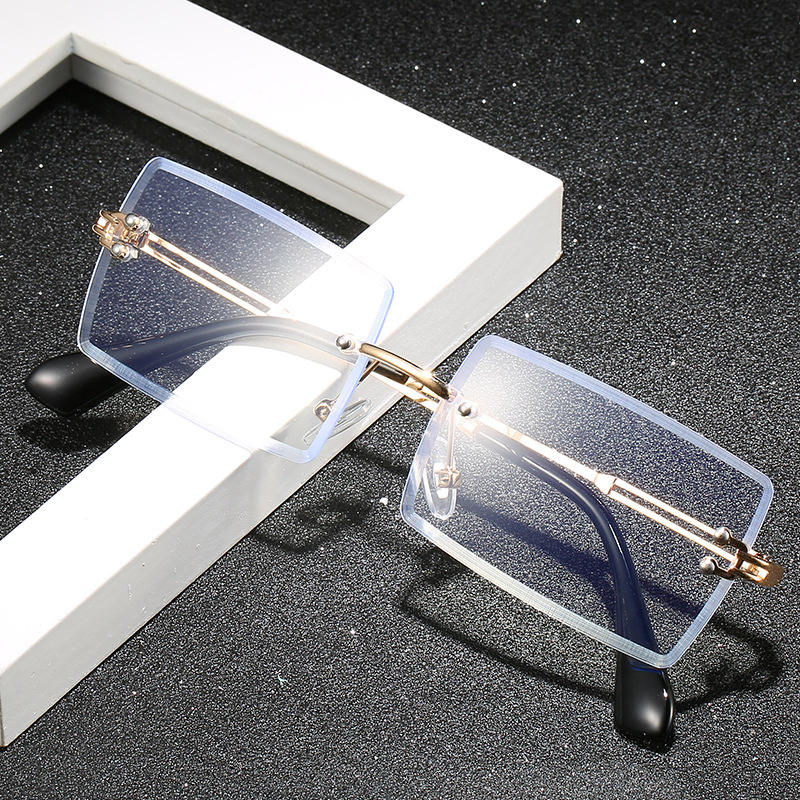



Polarized lenses work by blocking horizontally polarized light, which is the type of reflected light that causes glare. By filtering out this glare, polarized glasses help improve contrast and visual comfort, which is particularly valuable during daytime driving, especially in bright or reflective environments.

Reduction of Glare
The primary advantage of polarized lenses is their ability to reduce glare effectively. This bring about clearer vision by reduce the harsh reflections from wet roads, car windows, and other shiny surfaces. Drivers can better perceive road markings, signs, and potential hazards.
Enhanced Visual Comfort
By cutting down glare, polarized glasses reduce eye strain and fatigue, which are common when driving long distances in bright conditions. This helps drivers maintain focus and alertness, contributing to safer driving.
Improved Contrast and Clarity
Polarized lenses improve contrast, making colors appear more vivid and details sharper. This can assist in quickly recognizing traffic signals, pedestrians, and other vehicles, especially in challenging lighting conditions.
UV Protection
Many quality polarized driving glasses also offer protection against harmful ultraviolet (UV) rays from the sun, which can cause eye damage over time.
Key Factors to Consider When Choosing Polarized Driving Glasses
Choosing the right polarized glasses involves evaluating several important aspects to ensure they meet both visual and practical needs.
Lens Quality and Polarization
Not all polarized lenses are created equal. High-quality polarized lenses provide uniform light filtering without distortion. When selecting glasses, ensure that the polarization filter is certified and effective at blocking horizontal glare without reducing overall visibility.
Lens Color and Tint
The color and tint of the lenses influence how much light is filtered and how colors are perceived. For driving, certain lens colors are more suitable:
Gray lenses are popular because they reduce overall brightness while maintaining true color perception.
Brown or amber lenses enhance contrast and depth perception, useful in hazy or overcast conditions.
Yellow lenses are generally not recommended for daytime driving as they can distort colors and reduce overall visibility in bright conditions.
Choosing the right tint depends on typical driving environments and personal preference.
Lens Material
Lens materials affect weight, durability, and optical clarity:
Polycarbonate lenses are lightweight and impact-resistant, ideal for safety.
Glass lenses offer optical clarity but are heavier and can break more easily.
Plastic lenses provide a good balance of cost, weight, and clarity.
Frame Design and Comfort
Driving glasses should fit comfortably and securely to ensure they stay in place during movement. Frames should be lightweight with a design that does not obstruct peripheral vision. Wraparound frames can provide additional side protection from sunlight and glare.
Anti-Reflective and Other Coatings
Additional coatings can enhance performance:
Anti-reflective coating reduces reflections on the inner lens surface.
Scratch-resistant coating extends lens life.
Hydrophobic coating repels water and reduces smudges.
Compatibility with Prescription Needs
For drivers who require vision correction, polarized driving glasses can be purchased with prescription lenses or clip-ons that fit over regular glasses.
Situations Where Polarized Driving Glasses Are Especially Useful
Driving in Bright Sunlight: Polarized lenses reduce intense sunlight glare during midday or early afternoon driving.
Wet or Rainy Conditions: Reflections from wet roads or puddles are softened, improving safety.
Snowy Environments: Snow reflects a significant amount of sunlight, and polarized glasses help reduce glare that can cause eye strain.
Driving Near Water: Coastal or lakeside driving often involves reflections from water surfaces; polarized glasses can enhance comfort and vision.